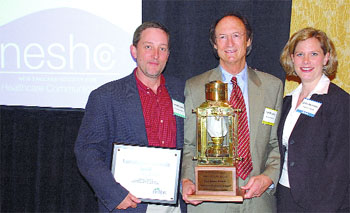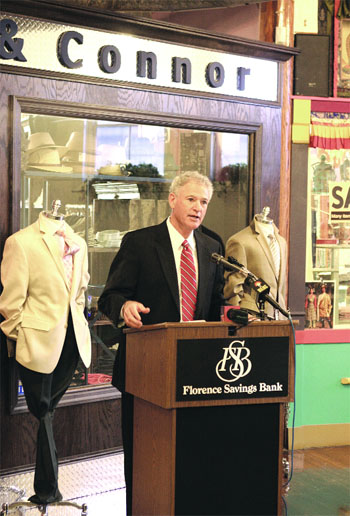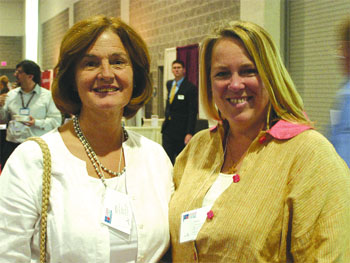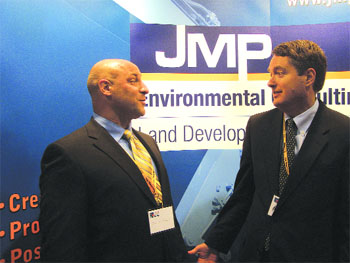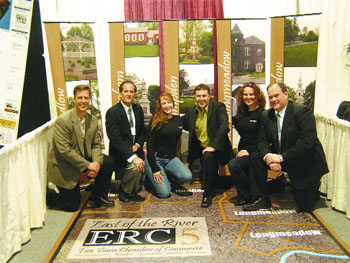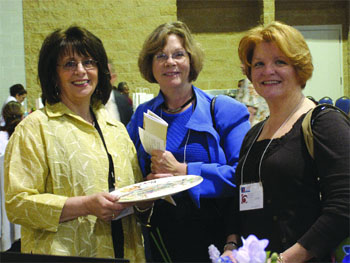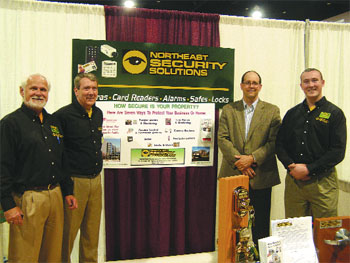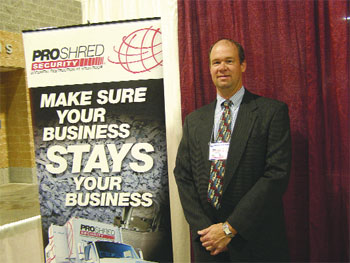| Amador, Manuuel
69 Sanderson St.
Springfield, MA 01107
Chapter: 7
Filing Date: 05/04/09 Antoine, Valarie D.
87 Elliot St., Apt. 4B
Springfield, MA 01105
Chapter: 7
Filing Date: 05/04/09 Badillo, Robert
Hague-Badillo, Megan K.
169 Conway St.
Greenfield, MA 01301
Chapter: 13
Filing Date: 05/14/09 Beauvais, Aimee L.
a/k/a Mominee, Aimee L.
11 Saint John St.
Palmer, MA 01069
Chapter: 7
Filing Date: 05/14/09 Beauvais, Scott A.
11 Saint John St.
Palmer, MA 01069
Chapter: 7
Filing Date: 05/14/09 Benson, Mercy B.
656 Dalton Division Road
Pittsfield, MA 01201
Chapter: 7
Filing Date: 05/05/09 Betts, Charles E.
16 Leatherleaf Circle
Springfield, MA 01109
Chapter: 7
Filing Date: 05/07/09 Bielinski, Robert M.
57 Belvidere Ave.
Feeding Hills, MA 01030
Chapter: 7
Filing Date: 05/14/09 Brassill, William V.
165 Wheeler Ave.
Springfield, MA 01118
Chapter: 7
Filing Date: 05/01/09 Briere, Dennis P.
Briere, Jean M.
61 John St.
Chicopee, MA 01013
Chapter: 13
Filing Date: 05/14/09 Bristol, Seth A.
7 Marshall St.
Greenfield, MA 01301
Chapter: 7
Filing Date: 05/12/09 Brown, Douglas M.
P.O. Box 715
West Warren, MA 01092
Chapter: 7
Filing Date: 05/13/09 Burgos, Kimberly Ann
3 Lovewell St.
Ware, MA 01082
Chapter: 7
Filing Date: 05/09/09 Buteau, Robert F.
140 Maple St.
Agawam, MA 01001
Chapter: 13
Filing Date: 05/14/09 Cafe Koko Inc.
Monette, Eugene Raymond
111 Winchester Road
Northfield, MA 01360
Chapter: 7
Filing Date: 05/12/09 Callahan, Rosemary D.
10 Dorchester Ave.
Pittsfield, MA 01201
Chapter: 13
Filing Date: 05/06/09 Caloon, Thomas J.
Caloon, Kathleen M.
125 Bemis Ave.
Chicopee, MA 01020
Chapter: 7
Filing Date: 05/12/09 Camacho-Rivera, Carmen
5E Westminster St.
Westfield, MA 01085
Chapter: 7
Filing Date: 05/08/09 Camilleri, Thomas J.
155 Main Road
Westhampton, MA 01027
Chapter: 7
Filing Date: 05/13/09 Cardaropoli, Nancy
P.O. Box 854
East Longmeadow, MA 01028
Chapter: 7
Filing Date: 04/30/09 Castellano, Lucy Elena
147 Parallel St.
Springfield, MA 01104
Chapter: 7
Filing Date: 05/12/09 Ciancotti, Anthony J.
29 Dana St.
Westfield, MA 01085
Chapter: 7
Filing Date: 05/15/09 College Tuition Landscaping
Morrisino, Michael W.
15 Anthony Dr.
East Longmeadow, MA 01028
Chapter: 7
Filing Date: 05/13/09 Colon, Yadira
573 State St., Apt. 40
Springfield, MA 01109
Chapter: 7
Filing Date: 05/04/09 Cotto, Nicole R.
71 Jonquil Dr.
Springfield, MA 01119
Chapter: 7
Filing Date: 05/05/09 Cruz, Jorge
Cruz, Nelly
14 Parker St.
Holyoke, MA 01040
Chapter: 7
Filing Date: 05/06/09 Cuoco, John A.
Cuoco, Josephine
136 Pine Acre Road
Springfield, MA 01129
Chapter: 13
Filing Date: 04/30/09 Cusson, Robin F.
1447 Cape St.
Williamsburg, MA 01096
Chapter: 7
Filing Date: 05/06/09 Cwiok, Kathleen E.
2064 Main St.
Three Rivers, MA 01080
Chapter: 7
Filing Date: 05/13/09 Dagenais, Joanna
32 Sterling St
Springfield, MA 01107
Chapter: 7
Filing Date: 05/11/09 Dargie, Arthur P.
Dargie, Sheila L.
26 Kately Lane
North Adams, MA 01247
Chapter: 7
Filing Date: 05/14/09 Davis, Penelope R.
5 Meadowood Dr.
South Deerfield, MA 01373
Chapter: 13
Filing Date: 05/09/09 Dodge, Bobby J.
491 Franklin St. Ext.
Agawam, MA 01001
Chapter: 7
Filing Date: 05/04/09 Dressel, Lee Ann
16 Worcester St
West Springfield, MA 01089
Chapter: 7
Filing Date: 05/07/09 Dymnicki, Eric S.
Dymnicki, Natasha I.
77 Sunrise Ter.
Springfield, MA 01119
Chapter: 7
Filing Date: 05/08/09 Foreman, Jon C.
401 Gaffney Road
Oakham, MA 01068
Chapter: 7
Filing Date: 04/30/09 Francisco, Edgar L.
18 Knollwood St.
Springfield, MA 01104
Chapter: 7
Filing Date: 05/06/09 Garcia, Juan F.
7 Upper Church St.
West Springfield, MA 01089
Chapter: 7
Filing Date: 05/05/09 Garvey, Dawn Marie
443 Wihton St.
Springfield, MA 01118
Chapter: 7
Filing Date: 05/15/09 Gaspardi, Dianne C.
a/k/a Marks, Dianne C.
3 Myrtle St., Apt. B9
Adams, MA 01220
Chapter: 7
Filing Date: 05/05/09 Geib, Richard Vincent
368 Houghton St.
North Adams, MA 01247
Chapter: 7
Filing Date: 05/04/09 Gendron, Donna L.
5 Applewood Lane
South Hadley, MA 01075
Chapter: 7
Filing Date: 05/07/09 Goodyear, Mark Thomas
Goodyear, Cindy Marie
331 Tiffany St.
Springfield, MA 01108
Chapter: 7
Filing Date: 05/07/09 Gravel, Jean B.
45 West St.
Greenfield, MA 01301
Chapter: 7
Filing Date: 05/12/09 Griffin, Alice J.
15 Denette St., Apt. 1R
Chicopee, MA 01020
Chapter: 7
Filing Date: 05/04/09 Grise, Francis J.
34 Margaret St.
Monson, MA 01057
Chapter: 7
Filing Date: 04/30/09 Griswold, Gary W.
9 Oak Lane
Adams, MA 01220
Chapter: 7
Filing Date: 05/12/09 Hadden, James J.
Hadden, Jody A.
12 First St.
Adams, MA 01220
Chapter: 7
Filing Date: 05/05/09 Hall, Jamie J.
78 Mansfield St
Springfield, MA 01108
Chapter: 7
Filing Date: 05/12/09 Hastie, Vera A.
100 Brianna Lane
Springfield, MA 01129
Chapter: 7
Filing Date: 05/08/09 Hatch, Carl N.
Hatch, Carolyn G.
12 Gale St.
Feeding Hills, MA 01030
Chapter: 7
Filing Date: 05/05/09 Hebert, David B.
Hebert, Constance R.
478 Amostown Road
West Springfield, MA 01089
Chapter: 7
Filing Date: 05/15/09 Hernandez, Fermin
1831 Northampton St.
Holyoke, MA 01040
Chapter: 7
Filing Date: 05/15/09 Jedrzejczyk, Wieslaw
Jedrzejczyk, Susan R.
1150 Dunhamtown Road
Brimfield, MA 01010
Chapter: 7
Filing Date: 05/08/09 Jones, Irving M.
25 Dartmouth St.
Pittsfield, MA 01201
Chapter: 7
Filing Date: 05/05/09 Joseph, Martha Y.
33 Salem St., Apt. 2B
Springfield, MA 01105
Chapter: 7
Filing Date: 05/15/09 Kelleher, Michael T.
309 East Road
P.O. Box 961
Warren, MA 01083
Chapter: 7
Filing Date: 05/11/09 Lamothe, Andrew
145 Lancaster Ave.
West Springfield, MA 01089
Chapter: 7
Filing Date: 05/14/09 Lapointe, Ramon G.
Lapointe, Linda C.
24 Charles St.
Westfield, MA 01085
Chapter: 7
Filing Date: 05/12/09 | | Leighton, Stephanie
a/k/a Winfield, Stephanie
Leighton, Blake
126 Union St., Unit 1015
Westfield, MA 01085
Chapter: 7
Filing Date: 05/04/09 Lemaine, Dianne J.
21 Adams St.
Easthampton, MA 01027
Chapter: 7
Filing Date: 05/13/09 Letourneau, Alfred R.
Letourneau, Valerie L.
65 Pitroff Ave.
South Hadley, MA 01075
Chapter: 7
Filing Date: 05/11/09 Lincoln, Ann E.
92 Commercial St.
Adams, MA 01220
Chapter: 13
Filing Date: 05/08/09 Lincoln, Sharon L.
92 Commercial St.
Adams, MA 01220
Chapter: 13
Filing Date: 05/08/09 Lugo, Elizabeth
a/k/a Garcia, Elizabeth
337 Chestnut St.
Holyoke, MA 01040
Chapter: 7
Filing Date: 05/01/09 Matthews, Robert L.
Matthews, Rachel E.
a/k/a Vadnais, Rachel E.
59 New Ludlow Road, Apt. 2C
Chicopee, MA 01020
Chapter: 7
Filing Date: 05/14/09 Mattioli, Christopher D.
Mattioli, Barbara A.
47 Breakneck Road
Sturbridge, MA 01566
Chapter: 7
Filing Date: 05/11/09 McCormack, Thomas D.
38 Hilltop Road
Longmeadow, MA 01106
Chapter: 13
Filing Date: 05/14/09 McGregor, James
28 Hamilton Circle
Feeding Hills, MA 01030
Chapter: 7
Filing Date: 05/01/09 Medina, Danny S.
Medina, Judy A.
20 Baird Trace
Springfield, MA 01118
Chapter: 7
Filing Date: 05/11/09 Melendez, Brenda M.
73 Phillipston Road
Barre, MA 01005
Chapter: 7
Filing Date: 04/30/09 Mendez, Pedro J.
Mendez, Carmen R.
21 Bowers St.
Apt. 309
Holyoke, MA 01040
Chapter: 7
Filing Date: 05/13/09 Montalban, Norma L.
a/k/a Guerra, Norma L.
64 Myrtle St., Apt. 21
Indian Orchard, MA 01151
Chapter: 7
Filing Date: 05/04/09 Morf, David W.
Morf, Mary West
136 Dartmouth St.
Holyoke, MA 01040
Chapter: 7
Filing Date: 05/08/09 Moriarty, Lori Marie
8 Noble St.
Westfield, MA 01085
Chapter: 7
Filing Date: 05/12/09 Morrison, Ralph Edmund
Morrison, Sylvia
768 Wheelwright Road
Barre, MA 01005
Chapter: 7
Filing Date: 05/13/09 New Leaf Consulting, LLC
Ruppart, Randall Earl
10 West St.
South Deerfield, MA 01373
Chapter: 7
Filing Date: 05/12/09 Oliver, Lorna E.
567 Dickinson St., Apt 2
Springfield, MA 01108
Chapter: 7
Filing Date: 04/30/09 Oliveras, Jose L.
P.O. Box 1365
Holyoke, MA 01041
Chapter: 7
Filing Date: 05/04/09 Ottaviani, Stephen C.
59 Fox Hill Road
Springfield, MA 01118
Chapter: 7
Filing Date: 05/11/09 P.C. Surplus
Professional Properties
Lynch, Chad T.
20 Gerald St.
Springfield, MA 01109
Chapter: 7
Filing Date: 05/13/09 Parent, Roger F.
Parent, Teri L.
70 Vienna Ave.
Ludlow, MA 01056
Chapter: 7
Filing Date: 05/05/09 Peele, Shane Carson
Peele, Dianna Lee
86 Stafford Holland Road
Wales, MA 01081
Chapter: 7
Filing Date: 05/06/09 Picard, Robert A.
Picard, Kim M.
16 Hillside Ter.
Orange, MA 01364
Chapter: 13
Filing Date: 05/11/09 Pinkney, April M.
a/k/a Jackson, April Michelle
36 Manhattan St.
Springfield, MA 01109
Chapter: 13
Filing Date: 05/05/09 Pou, Carmen M.
319 Chestnut St.
Holyoke, MA 01040
Chapter: 7
Filing Date: 05/04/09 Prior, Theresa
43 Derryfield Ave.
Springfield, MA 01118
Chapter: 7
Filing Date: 04/30/09 Przypek, Mark J.
Przypek, Robin L.
117 Glazier Road
Barre, MA 01005
Chapter: 7
Filing Date: 05/04/09 Pumarejo, Joel
Pumarejo, Aurora
1082 Plumtree Road
Springfield, MA 01119
Chapter: 7
Filing Date: 05/01/09 Reeds Landing
807 Wilbraham Road
Springfield, MA 01109
Chapter: 11
Filing Date: 05/04/09 Rivera, Jesus
Irizarry, Enid A.
a/k/a Rivera, Enid A.
104 Acrebrook Road
Springfield, MA 01129
Chapter: 7
Filing Date: 05/01/09 Rivera, Jose M.
Rivera, Julia
156 Stuart St.
Springfield, MA 01119
Chapter: 7
Filing Date: 05/04/09 Rivera, Vivian E.
215 Cedar Swamp Road
Monson, MA 01057
Chapter: 7
Filing Date: 05/04/09 Robbins, Kelly L.
61 East Palmer Park Dr.
Palmer, MA 01069
Chapter: 13
Filing Date: 05/06/09 Ruemmele, Ruben
Valle, Raquel
35 Converse St.
Springfield, MA 01108
Chapter: 7
Filing Date: 05/04/09 Ryan, Gail Davis
735 Memorial Dr., Lot 9
Chicopee, MA 01020
Chapter: 7
Filing Date: 05/15/09 Sadowsky, Joseph P.
350 West St., Lot 17
Ludlow, MA 01056
Chapter: 7
Filing Date: 04/30/09 Scordino, Vincent P.
107 Colony Dr.
East Longmeadow, MA 01028
Chapter: 7
Filing Date: 05/15/09 Seklecki, Joseph J.
32 Wilson Ave.
Westfield, MA 01085
Chapter: 7
Filing Date: 05/08/09 Sheremeta, James P.
141 Regal St.
Springfield, MA 01118
Chapter: 13
Filing Date: 05/01/09 Sibley, Kenneth G.
62 Elm St.
East Longmeadow, MA 01028
Chapter: 7
Filing Date: 05/07/09 Smith, Joseph E.
31 Price St.
Springfield, MA 01104
Chapter: 7
Filing Date: 05/01/09 Spagnuolo, Judith A.
42 Lombard Ave.
East Longmeadow, MA 01028
Chapter: 7
Filing Date: 05/04/09 Springer, William H.
Springer, Cynthia L.
a/k/a Petri, Cynthia L.
45 Willow St., Apt. 43
Springfield, MA 01103
Chapter: 7
Filing Date: 04/30/09 Sprong, Constance A.
1679 West Road
Williamsburg, MA 01096
Chapter: 7
Filing Date: 05/08/09 Stribley, Lawrence C.
Stribley, Laurie A.
617 Leyden Road
Greenfield, MA 01301
Chapter: 7
Filing Date: 05/12/09 Titenko, Sergey V.
101 River Rd.
West Springfield, MA 01089
Chapter: 7
Filing Date: 05/06/09 Torres, Reynaldo
44 Worcester Ave.
Springfield, MA 01107
Chapter: 7
Filing Date: 05/13/09 Vazquez, Gilberto
Vazquez, Rosa
69 Worcester Ave.
Springfield, MA 01107
Chapter: 7
Filing Date: 05/05/09 Velazquez, Luz M.
40 Edmund Wynne Circle
Springfield, MA 01109
Chapter: 7
Filing Date: 05/04/09 Visneau, Lynne A.
154 Victoria St.
Springfield, MA 01104
Chapter: 7
Filing Date: 05/15/09 Vitali, Donald J.
Vitali, Antoinette N.
19 Elmwood Ave.
North Adams, MA 01247
Chapter: 7
Filing Date: 05/12/09 Warren, Garrett Andrew
27 Trafalgar Sq.
South Barre, MA 01704
Chapter: 7
Filing Date: 05/06/09 Wilson, Deborah Ann
55 Oak Courts
Greenfield, MA 01301
Chapter: 7
Filing Date: 05/12/09 |

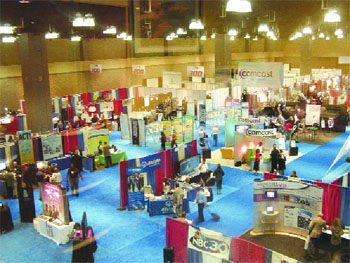
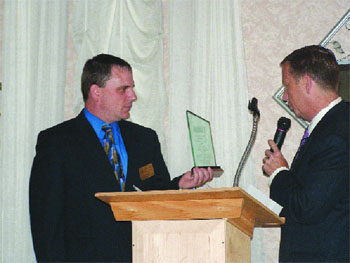
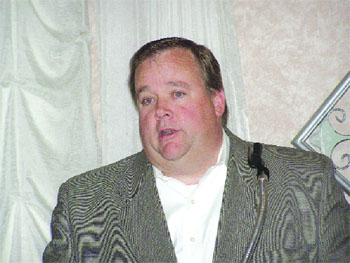
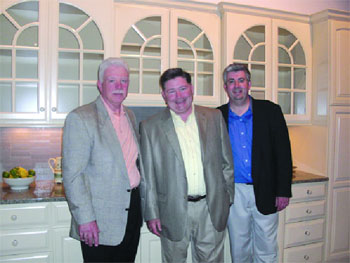



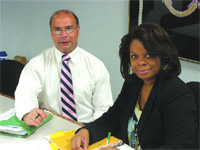
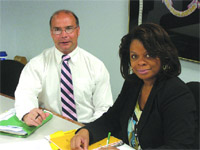
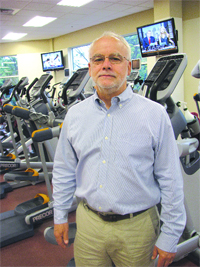
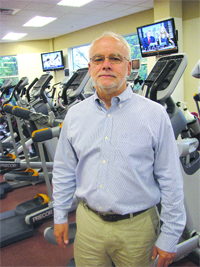




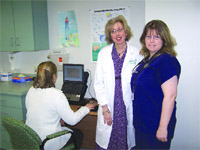
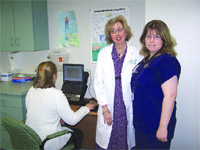
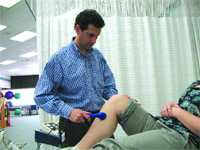
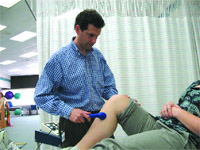
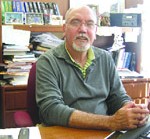
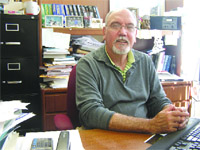
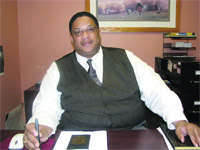
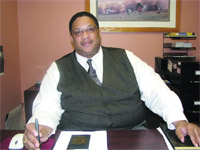
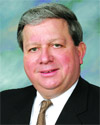 Gary G. Breton, Esq. is a partner with Bacon Wilson, P.C., and a member of its Banking and Finance Department; (413) 781-0560;
Gary G. Breton, Esq. is a partner with Bacon Wilson, P.C., and a member of its Banking and Finance Department; (413) 781-0560;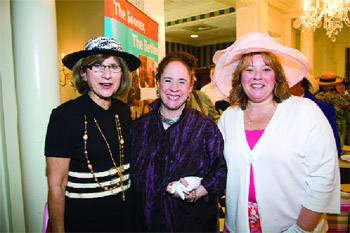
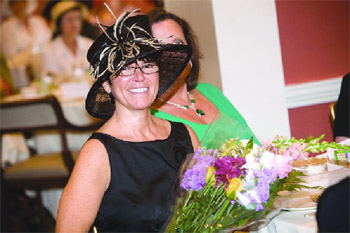

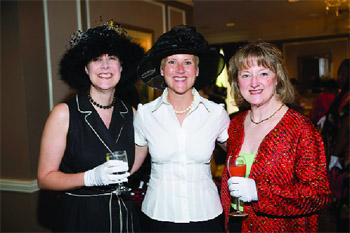
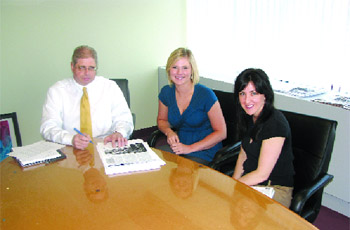
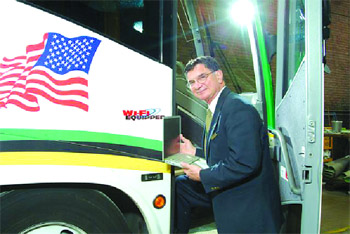



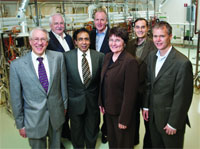


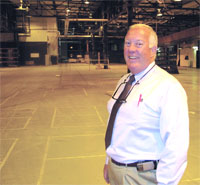
 Christine Pilch is a partner with Grow My Company and a social-media marketing strategist. She trains clients to utilize LinkedIn, Twitter, Facebook, and other social-media tools to grow their businesses, and she collaborates with professional service firms to get results through innovative positioning strategies; (413) 537-2474; linkedin.com/in/christinepilch; twitter.com/christinepilch; growmyco.com; “Miracle Growth for Your Company.”
Christine Pilch is a partner with Grow My Company and a social-media marketing strategist. She trains clients to utilize LinkedIn, Twitter, Facebook, and other social-media tools to grow their businesses, and she collaborates with professional service firms to get results through innovative positioning strategies; (413) 537-2474; linkedin.com/in/christinepilch; twitter.com/christinepilch; growmyco.com; “Miracle Growth for Your Company.” Dawn Creighton has been named Regional Director of Member Relations for Western Mass. by Associated Industries of Mass. (AIM), based in Boston. In her new position, Creighton will work with AIM-member firms and organizations to ensure they are fully aware of the range of resources and services that are available to them, and to serve as a liaison with a number of civic and business groups operating throughout the Pioneer Valley that are concerned about the state’s economic prospects for the future.
Dawn Creighton has been named Regional Director of Member Relations for Western Mass. by Associated Industries of Mass. (AIM), based in Boston. In her new position, Creighton will work with AIM-member firms and organizations to ensure they are fully aware of the range of resources and services that are available to them, and to serve as a liaison with a number of civic and business groups operating throughout the Pioneer Valley that are concerned about the state’s economic prospects for the future.
